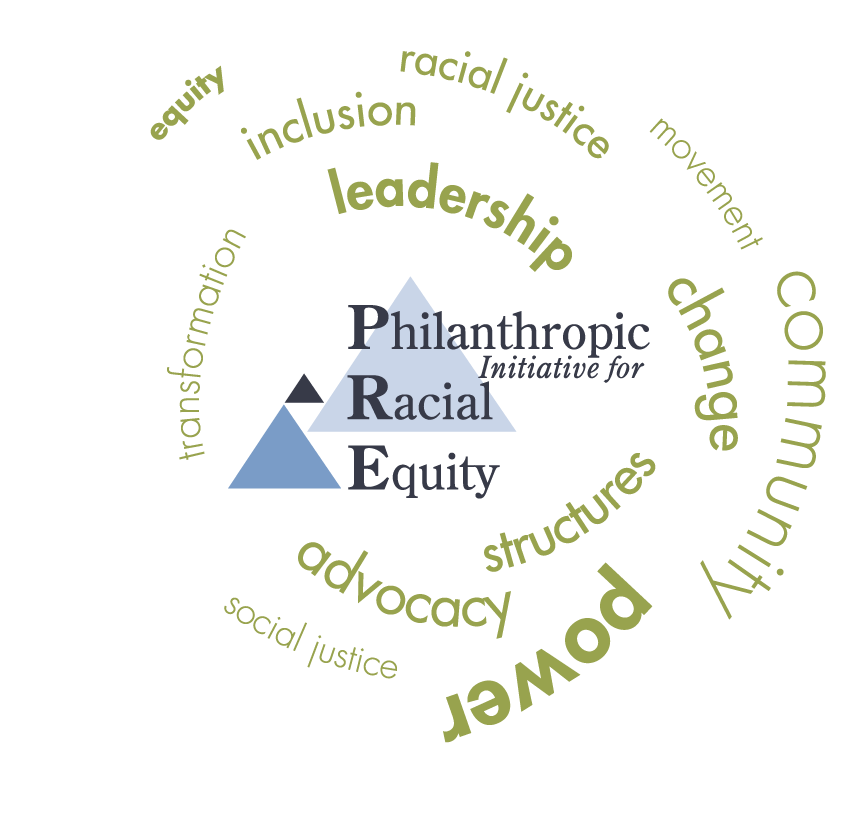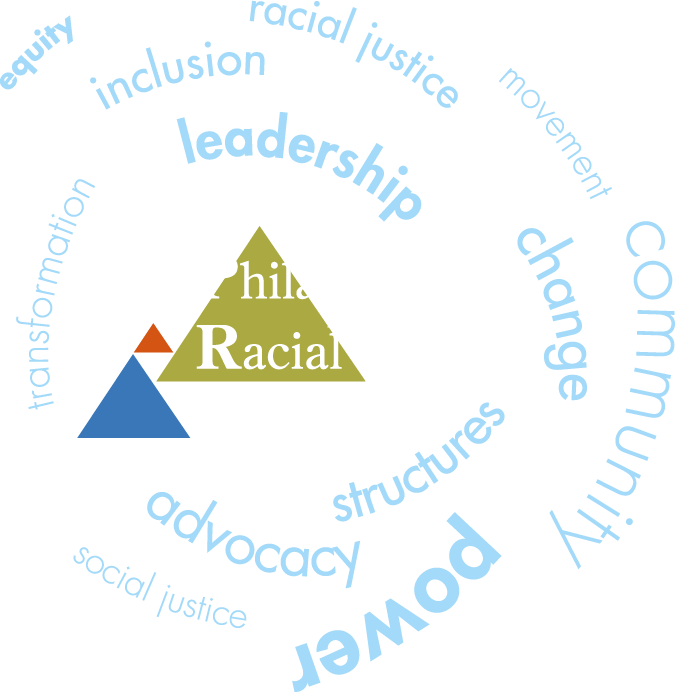Foundation Governance By Rick Cohen
AB624 is hardly aimed at simply foundations’ reporting on their grantees. Provisions call for covered foundations reporting on their own top staff and board members diversity, not only by race and ethnicity, but also by gender and sexual orientation.
Can and should public policy affect the composition of foundations’ boards of trustees, for example, not to mention the executive staffing of private foundations and other philanthropic grantmakers?
The Council on Foundations’ approach to diversity of board members would probably weigh against government intervention in who gets to join foundation boards, witness this comment from a speech by COF president and CEO Steve Gunderson to the COF Family Foundations conference in 2007: “(W)e have been an overwhelmingly white, Anglo-Saxon enterprise. Family foundations, by their nature, display their diversity in the form of generations with very different views of the world-and of philanthropy. I am not here today asking you to change the make-up of your board. But I join you in recognizing the diversity of the world we serve, through your service as well.”1
Historically, others have advocated a broadening of foundation board membership to community people, reflecting a greater diversity of racial, ethnic, and economic backgrounds, for example, as in the Donee Group’s report to the Filer Commission (the Commission on Private Philanthropy & Public Needs2 ): “We therefore recommend that organized philanthropies with broad purposes be required by law to expand their governing boards to include significant representation from the general public and nonprofit agencies and, in particular, women and minorities. For those philanthropies which have a specialized purpose or geographic or program limitation, we recommend that the law require representation of those communities which are affected by or which have a special interest in those programs or areas.”3
It is difficult to imagine the scenario of government intervening in the staffing and governance of private foundations, notwithstanding the fact that foundations operate with a governmentally provided tax exemption. But advocates of racial equity would be ill-advised if they ignored the admonitions of political scientists from Aristotle through William Domhoff and Floyd Hunter who all asked in their own ways, “who governs?” The very limited information on foundations suggests that even with some improvements in foundations’ internal “diversity” over the years, the billions of dollars of wealth controlled by foundations are subject to the decisions of boards of trustees who do not reflect the increasing racial/ethnic diversity of this nation:
Who Governs U.S. Foundations: Regardless of the race/ethnicity of foundation staffing, the authority for decisions about foundation grants and foundation investments rests with foundation board members or trustees. Remarkably, the racial composition of foundation boards4 shows a higher proportion of white board members (87.7%) than the composition of Fortune 500 boards (86.6%). Only 6.7% of foundation board members are African-American compared to 9.1% of Fortune 500 board members and 10% of Fortune 100 boards.5 For other minority groups, the comparisons are similarly stark, though corporate boards do poorly as well: Latinos comprise 3.3% of foundation trustees and 3.2% of Fortune 500 board members; Asian/Pacific-Islanders comprise 1.5% of foundation board members while Asians6 comprise 1.1% of corporate board members; Native Americans constitute 0.5% of foundation board members and only 0.1% of Fortune 500 board members.7 The larger foundations (assets over $500 million) tend to do a little better in diversity, with African-Americans comprising 11% of board members, than smaller foundations.8 Observers report that there is evidence of a substantial amount of “recycling” or churning of minority members on corporate boards, that is, the same individuals are recruited to serve on multiple boards. It is not hard to imagine a similar recycling dynamic among foundation boards. Who Runs U.S. Foundations: There is some reluctance by foundations to provide very specific data on the racial/ethnic composition of their staff, but the statistics from annual Council on Foundations surveys show disproportionately few positions held by minorities, a trend that gets worse for higher level positions. For all full-time paid foundation staff, 76.8% were white in 2006, down slightly from 77.2% in 2005. Blacks comprised only 11.4% of paid foundation staff, barely up from 11.1% in 2005 (only 2% of full-time paid foundation staff were black males in 2005). Latinos accounted for 5.7% of staff in 2006, down from 5.9% in 2005, and for Asian/Pacific Islanders, the figure was 4.8% in both 2005 and 2006. 9
For foundation chief executive officers and chief giving officers 1% were black men and 1.8% were black women compared to 41.8% white men and 51.8% white women; the numbers and proportions of Hispanic, Asian/Pacific-Islander, and American Indians in CEO or CGO positions were de minimus. For full-time program paid program officers, racial and ethnic minorities were as follows: “black males” 4.2%; “black females” 12.8%; Hispanic males, 3.0%; Hispanic females 4.3%; and Asian/Pacific-Islander females 3.8 percent, again with Asian/Pacific-Islander males and American Indian men and women, the numbers obviously so small as to barely register.10 These statistics are drawn from surveys of members of the Council on Foundations, a small subset of the generally larger foundations. An obvious point to be drawn is that the diversity statistics for much smaller foundations and for non-reporting foundations would be even less impressive.
No statistics exist on the socio-economic demographics or more broadly, the socio-economic status (SES) of foundation board and staff members. When it comes to running institutions controlling huge concentrations of wealth, is race/ethnicity dispositive, gender and sexual orientation, or class? At least one study suggests that staff and board diversity follow a foundation’s decision to focus grantmaking on communities or issues of “marginalized populations”, not the other way around.11
There is no question that the concentration of philanthropic wealth under the control of non-minorities reflects the racial/ethnic divides operative in our society. The anomaly in AB624 is that it implicitly sets a higher value on foundation giving to minority-led organizations, notwithstanding that the giving institutions are probably less racially, ethnically, and gender/orientation diverse than the recipient nonprofits, no matter how low the foundation giving numbers. It is a policy conundrum for both the proponents of AB624, whose tendency would be toward governmental intervention and mandate, and the defenders of the foundation status quo, whose diversity approaches reflect Gunderson’s framework of “valuing” diversity12 but not altering the power relationships within institutional philanthropy.
1 Steve Gunderson, “Sweeping with Dignity” (speech delivered at the Family Foundations conference of the Council on Foundations, February 25, 2007, Baltimore MD), http://www.cof.org/Council/content.cfm?ItemNumber=9358
2 The five volume report of the Filer Commission was issued with the title, Giving in America:Toward a Stronger Voluntary Sector, in 1975.
3Private Philanthropy: Vital & Innovative? or Passive & Irrelevant?
The Donee Group Report & Recommendations (Section III, A, 2)
4 Foundation Management Series 12th Edition, pp. 35-38
5 2005 Catalyst Census of Woman Board Directors of the Fortune 500; and the Alliance for Board Diversity’s Women and Minorities on Fortune 100 Boards (2005); Note that the Executive Leadership Council’s study of Fortune 500 corporations puts the African-American board member proportion at 8.1%.
6The 2005 Catalyst survey data uses the term “Asian” rather than “Asian/Pacific Islander”
7The Alliance for Board Diversity, which includes Catalyst, the Executive Leadership Council, and the Hispanic Association on Corporate Responsibility (HACR), says that Hispanics accounted for 3.9% of Fortune 100 corporate board seats and Asians only 1%.
8Both the Fortune and foundation figures are drawn from self-reported data by corporations and foundations. One can well assume that among the non-reporting corporations and foundations, the diversity figures look much less robust.
9These statistics come from the Council on Foundations’ Grantmakers Salary and Benefits Report 2005 and the executive summary of the 2006 edition. The combination of CEOs and CGOs in the statistics masks somewhat the fact that among CEOs, the proportion of positions held by African-Americans is even lower than these small proportions.
10Grantmakers Salary and Benefits Report 2005, pp. 14-18. The combination of CEOs and CGOs in the statistics masks somewhat the fact that among CEOs, the proportion of positions held by African-Americans is even lower than these small proportions
11Teresa Odendahl and William A. Diaz, “Independent Foundations in Transition: From Family Vehicles to Major Institutions”, in Lynn C. Burbridge, William A. Diaz, Teresa Odendahl, and Aileen Shaw, The Meaning and Impact of Board and Staff Diversity in the Philanthropic Field: Findings from a National Study (Joint Affinity Groups, 2002), pp. 89-90.
12 From Gunderson’s February, 2007, speech: ‘We will prove that diversity is more than a program, more even than an outcome: It is a value, deeply instilled in us and our work.” Op. cit.

